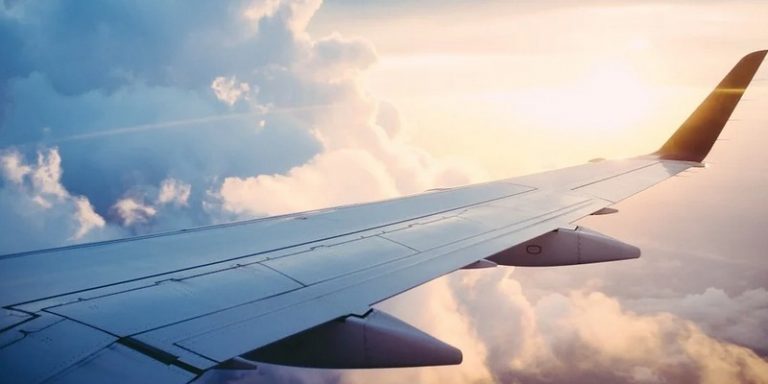
With the aim of designing greener aircraft, the American airline Alaska Airlines is collaborating with the company Airspace Intelligence. Together, these two structures are working on a new method exploiting artificial intelligence and allowing to obtain a better management of the air traffic. A project which could be useful to save a good quantity of kerosene and thus to reduce the impact on the environment and the global warming.
A partnership to use an innovative AI platform
Silicon Valley start-up Airspace Intelligence and airline company Alaska Airlines have signed a partnership allowing the latter to leverage Flyways AI, a 3D mapping, prediction and recommendation platform that uses AI and machine learning to help flight dispatchers optimize flight routes to keep air traffic moving.
Diana Birkett Rakow, vice president of public affairs and sustainability for Alaska Airlines, referring to the partnership that allows the company to leverage the tool:
“Flyways AI
has transformed the way Alaska Airlines approaches route planning and optimization, enabling our highly trained dispatchers to work even smarter to deliver the safest and most efficient routes for our pilots, saving time and carbon emissions, mitigating traffic congestion and creating a better experience for our guests. Airspace Intelligence is a true partner in implementing Flyways to deliver results in Alaska’s operational environment for innovation, safety and sustainability.”
The AI system autonomously assesses a flight’s operational safety (temperature, altitude, weather, aircraft performance, weight, etc.), air traffic control compliance, as well as the route efficiency of not only the company’s planned and ongoing flights, but also those of other companies around the world. It analyzes all this data and when it finds a better route, it provides this information to flight regulators who decide whether or not to implement the tool’s recommendation.
Machine learning to help fight global warming and protect the environment
Airspace Intelligence has designed algorithms that calculate favorable routes slightly faster than humans (about five minutes less) and are therefore used in its Flyways AI platform. In order to be trained, the tool has exploited several million previous flight plans, which allows it to anticipate possible problems up to six hours after the plane takes off.
But another challenge that Flyways AI helps to address is the green one, with Pasha Saleh, director of strategy and innovation for flight operations at Alaska Airlines, saying:
“Artificial intelligence and machine learning are among the key drivers of technology today and, for the first time, have been applied to the airline flight planning environment. Alaska Airlines’ use of Flyways AI
over the six months, even in an environment where flights were significantly curtailed due to COVID-19, helped us save 480,000 gallons of fuel and avoid 4,600 tons of carbon emissions.”
While the application of AI and machine learning seems to be in its infancy in the air traffic control sector, the promise offered by Airspace Intelligence suggests great advances in the field in the coming years, whether in the automation (partial or total) of air traffic or in environmental protection.
Translated from Le défi d’Airspace Intelligence : préserver l’environnement et optimiser le trafic aérien grâce au machine learning









